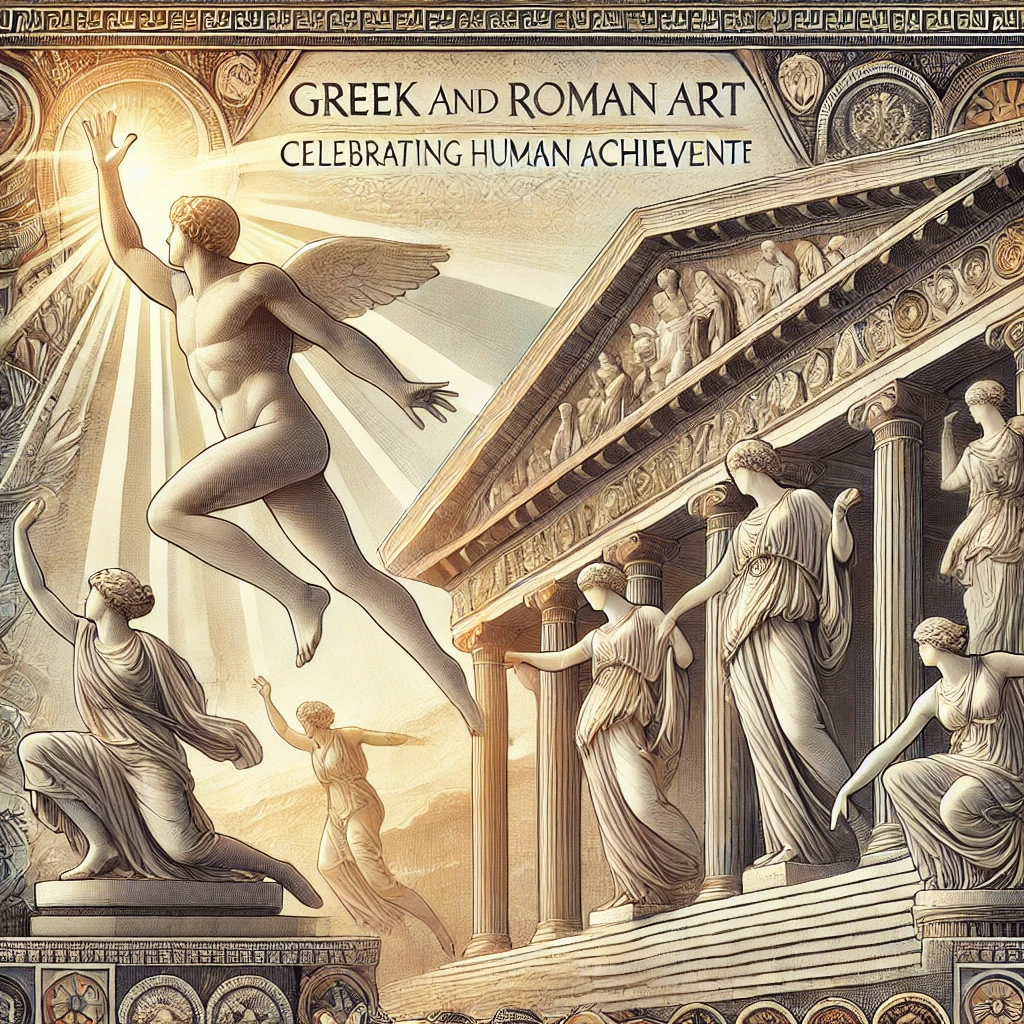Introduction: Why Ancient Artz Matters
Art has been a universal language, connecting humanity across generations and cultures. Among the many forms of art, ancient artz stands out as a profound expression of early human creativity. It is more than just beautiful; it reflects the beliefs, struggles, and dreams of our ancestors. Through it, we glimpse their world and understand their connection to life and the divine.
Ancient artz holds immense value, as it bridges the past and present. From cave paintings to monumental sculptures, these creations continue to inspire and teach us. Let us dive into the origins, characteristics, and legacy of ancient artz and discover why it remains a cornerstone of human culture.
The Dawn of Creativity: Prehistoric Artz

Human creativity began long before written language or modern tools. Prehistoric artz reflects this early spark of imagination. Early humans found ways to express themselves using basic materials like stone, charcoal, and natural pigments.
The Earliest Examples of Art
Cave paintings, like those in Lascaux, France, and Altamira, Spain, serve as some of the earliest known examples of art. These images of animals and hunting scenes reveal a deep connection to nature. Early humans created these works using simple tools and techniques, yet they captured movement and detail with remarkable skill.
Many experts believe these paintings were more than just decorations. They may have been used in rituals or storytelling, symbolizing the importance of survival and community.
Art and Symbolism in Prehistoric Times
Prehistoric artz often carried symbolic meanings. Geometric shapes and abstract patterns found in early carvings suggest an effort to communicate ideas or beliefs. These symbols may have represented spiritual practices or early attempts to record significant events.
Ancient Civilizations and Their Artistic Masterpieces
As societies grew more advanced, their art became increasingly complex and diverse. Each civilization developed its unique style, leaving behind a wealth of artistic treasures.
Mesopotamian Art: A Blend of Function and Beauty
Mesopotamia, often called the “cradle of civilization,” produced some of the earliest urban artz. From towering ziggurats to intricate cylinder seals, their creations combined functionality with aesthetics. Artists depicted gods, myths, and rulers in their work, emphasizing the importance of religion and governance.
For instance, the carved stone reliefs from this region often depicted scenes of battle or divine intervention. These works were designed to inspire awe and convey authority.
Egyptian Art: A Quest for Eternity
Egyptian artz is famous for its precision, symbolism, and grandeur. The Egyptians used art to honor their gods and prepare for the afterlife. Monumental structures like the pyramids and the Sphinx reflect their belief in immortality.
The paintings and sculptures in tombs offer a glimpse into daily life and spiritual beliefs. Each element, from hieroglyphs to the colors used, held a specific meaning. These works were not just visually striking—they served as a guide for the soul’s journey to the afterlife.
Greek and Roman Art: Celebrating Human Achievement

The Greeks brought a revolution in artz with their focus on realism and proportion. Their sculptures, like the Discobolus, showcased an understanding of human anatomy and movement. The Romans expanded on these ideas, creating lifelike portraits and detailed mosaics that celebrated their empire’s power.
Greek and Roman artists emphasized balance, symmetry, and beauty. Their techniques continue to influence modern art and architecture.
Common Themes in Ancient Artz
Despite their differences, many ancient civilizations shared similar artistic themes.
- Spirituality: Most ancient artz served religious purposes, reflecting humanity’s effort to connect with the divine.
- Power: Art often celebrated rulers or reinforced their authority, such as statues of pharaohs or kings.
- Everyday Life: Many works depicted daily activities, giving us insights into the lives of ordinary people.
These themes highlight the universal nature of art, transcending time and culture.
The Lasting Influence of Ancient Artz

Ancient artz is not confined to history books or museums. Its impact is evident in modern art, architecture, and design.
Revivals and Inspirations
The Renaissance marked a revival of ancient Greek and Roman styles. Artists like Michelangelo and Raphael drew heavily from classical techniques. This influence extends to contemporary design, where elements like columns and sculptures reflect ancient traditions.
A Source of Identity
For many cultures, ancient artz represents a source of pride and identity. Preserving these works helps keep cultural heritage alive while offering inspiration to new generations.
Preserving Ancient Artz for the Future
Despite its significance, ancient artz faces numerous threats. Environmental changes, neglect, and human activity endanger many sites and artifacts.
- Environmental Factors: Harsh weather and erosion gradually damage ancient structures.
- Human Impact: Urbanization and tourism contribute to wear and tear on cultural sites.
- Looting and Destruction: Political instability in some regions has led to the loss of priceless artifacts.
Efforts by organizations like UNESCO aim to protect and restore these treasures. However, more global awareness and cooperation are needed to ensure their survival.
Conclusion: The Timeless Value of Ancient Artz
Ancient artz is more than a relic of the past—it is a testament to humanity’s creativity, resilience, and quest for meaning. By studying these works, we honor the legacy of our ancestors while finding inspiration for our own creative journeys.
Preserving ancient artz is not just about saving old artifacts. It is about protecting the stories, values, and visions that have shaped human civilization. As we move forward, let us continue to celebrate and cherish this timeless gift.
Discover valuable insights and expert advice to transform your life by exploring this detailed guide on The Vital Mag Net Blog.




